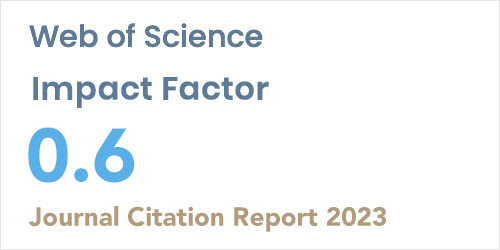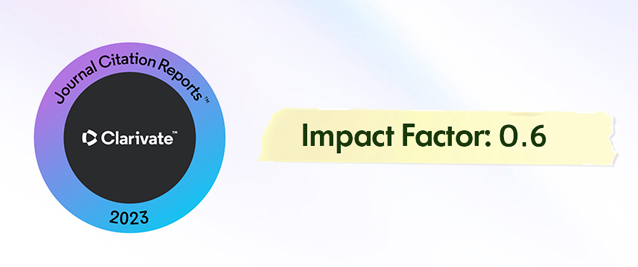Abstract
The internal friction angle of soils is determined through laboratory tests. This parameter can also be estimated with high accuracy by referencing field test results. This approach enables the required soil parameters for design purposes to be determined with greater ease and reduces reliance on individual interpretation. A variety of engineering structures are constructed on rich loess deposits, and these loess soils differ significantly from other soil types. In contrast to the extensive research conducted on the strength properties of other soils, the field test based research on estimating the strength properties of loess soils remains quite limited. This study aims to address the gap in the literature on loess soils and contribute to this area of research. For this, standard penetration tests were conducted on Central Asian loess soils, known to be among the world's richest loess deposits. This study examined 86 samples exhibiting particle size distributions characteristic of loess soils. The samples were reconstituted in the laboratory to match their natural field water content and unit weight and were then subjected to direct shear box tests. Based on the resulting data, a correlation was proposed between standard penetration test blow counts and internal friction angles. The correlation coefficient R²=0.732 indicates a moderately strong relationship. In addition, new equations were developed based on original data derived from loess soils and presented. These were then compared with the empirical relationships previously proposed for sandy soils, and the similarities and differences were interpreted in detail. These results provide practical guidance for estimating the internal friction angle of loess soils, particularly in the early stages of design when field and laboratory data may be limited.














